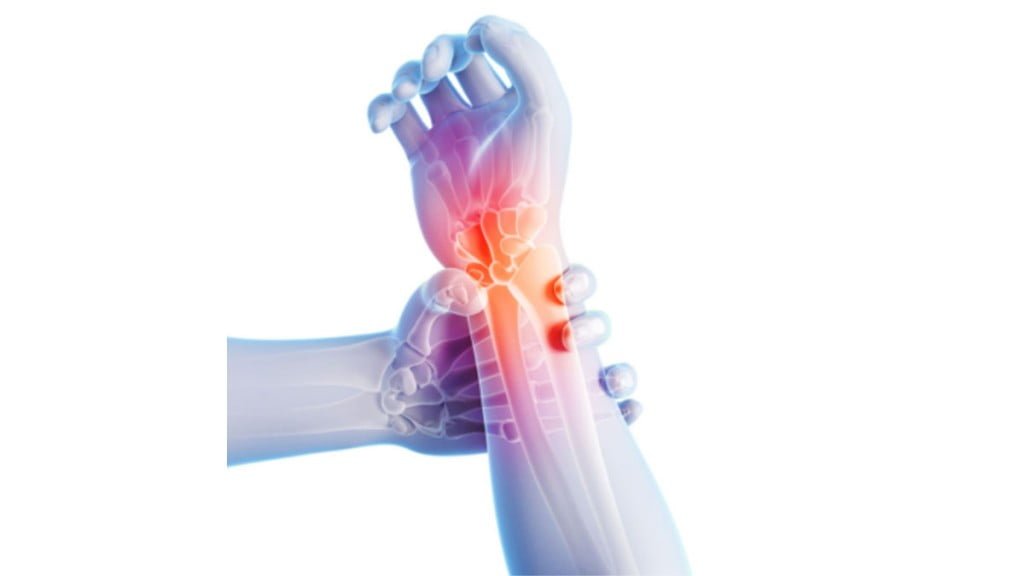
ICD-10 Neuropathic Pain: Understanding Causes, Symptoms, and Treatment Options
Introduction:
Neuropathic pain is a complex condition that affects millions of individuals worldwide. In this article, we will delve into the topic of ICD-10 neuropathic pain, exploring its causes, symptoms, and various treatment options available. Whether you’re experiencing neuropathic pain or seeking to broaden your knowledge on the subject, this comprehensive guide will provide valuable insights.
What is ICD-10 Neuropathic Pain?
Causes of ICD-10 Neuropathic Pain
Symptoms and Diagnosis
Understanding ICD-10 Coding for Neuropathic Pain
Treatment Options for ICD-10 Neuropathic Pain
Medications for Neuropathic Pain
Physical Therapy and Rehabilitation
Surgical Interventions
Complementary and Alternative Approaches
Lifestyle Modifications for Managing Neuropathic Pain
What is ICD-10 Neuropathic Pain?
ICD-10 Neuropathic Pain(International Classification of Diseases, Tenth Revision) is a coding system used by healthcare professionals to classify and identify various medical conditions. Neuropathic pain, as defined by ICD-10, refers to pain caused by damage or dysfunction of the nervous system. It occurs due to a variety of underlying conditions and is characterized by abnormal pain sensations.

Causes of ICD-10 Neuropathic Pain
Neuropathic pain can arise from several causes, including:
Nerve injuries: Traumatic injuries, such as accidents or surgeries, can damage nerves and lead to chronic neuropathic pain.

Diabetes: Diabetic neuropathy is a common cause of neuropathic pain, resulting from prolonged high blood sugar levels that damage nerves.

Infections: Viral or bacterial infections like shingles or HIV can cause nerve damage, leading to neuropathic pain.

Autoimmune diseases: Conditions like multiple sclerosis or rheumatoid arthritis can trigger an autoimmune response that affects the nerves.

Spinal cord injuries: Damage to the spinal cord due to accidents or degenerative conditions can result in chronic neuropathic pain.

Symptoms and Diagnosis ICD-10 Neuropathic Pain
The symptoms of neuropathic pain can vary widely, but commonly include:
Burning or shooting pain
Tingling or numbness
Hypersensitivity to touch or temperature changes
Electric shock-like sensations
Muscle weakness
Diagnosing neuropathic pain involves a thorough medical history review, physical examination, and sometimes additional tests like nerve conduction studies or imaging scans to identify the underlying cause.
Understanding ICD-10 Coding for Neuropathic Pain
ICD-10 coding is an essential aspect of medical documentation, allowing healthcare providers to accurately record and communicate diagnoses. When coding for neuropathic pain, specific codes from the “G89” category are used, denoting chronic pain syndromes. For example, codes such as G89.0 (central pain syndrome) or G89.4 (chronic pain syndrome) may be assigned based on the clinical presentation and underlying cause.
Treatment Options for ICD-10 Neuropathic Pain
The management of neuropathic pain typically involves a multidisciplinary approach tailored to each individual’s needs. Treatment options may include:
Medications for ICD-10 Neuropathic Pain
Various medications can help alleviate neuropathic pain, including:
Antidepressants: Certain antidepressant medications, such as tricyclic antidepressants or selective serotonin-norepinephrine reuptake inhibitors (SNRIs), can modify pain signals in the nervous system.
Anticonvulsants: Drugs commonly used to control seizures, like gabapentin or pregabalin, can also help reduce neuropathic pain.
Topical agents: Creams or patches containing lidocaine or capsaicin can provide localized pain relief.
Physical Therapy and Rehabilitation
Physical therapy always manages neuropathic pain. Techniques such as exercise programs, stretching, and nerve mobilization can help improve mobility, reduce pain, and enhance overall function. Additionally, occupational therapy may focus on adapting daily activities to minimize pain and maximize independence.
Surgical Interventions ICD-10 Neuropathic Pain
In some cases, surgical interventions may be considered to alleviate neuropathic pain. Procedures like nerve decompression, spinal cord stimulation, or even neurectomy (surgical removal of a nerve) can be options for those who have not responded to conservative treatments.
Complementary and Alternative Approaches ICD-10 Neuropathic Pain
Several complementary and alternative therapies may offer additional pain relief and support for individuals with neuropathic pain. These can include acupuncture, chiropractic care, herbal supplements, and mind-body techniques like meditation or yoga. It is essential to consult with a healthcare professional before trying any alternative approaches.
Lifestyle Modifications for Managing Neuropathic Pain ICD-10 Neuropathic Pain
Certain lifestyle modifications can also contribute to the management of neuropathic pain. These include:
Regular exercise: Engaging in low-impact physical activities can help improve blood circulation, reduce pain, and enhance overall well-being.
Balanced diet: Following a nutritious diet rich in fruits, vegetables, and omega-3 fatty acids can support nerve health and reduce inflammation.
Stress management: Employing stress-reducing techniques like deep breathing exercises or mindfulness can help alleviate pain and improve overall quality of life.
Conclusion: ICD-10 Neuropathic Pain
ICD-10 neuropathic pain encompasses a wide range of conditions resulting from nerve damage or dysfunction. By understanding the causes, symptoms, and treatment options available, individuals experiencing neuropathic pain can seek appropriate care and management strategies. Remember, consulting with a healthcare professional is crucial for accurate diagnosis and personalised treatment plans. With the right approach, neuropathic pain can be effectively managed, improving one’s quality of life and overall well-being
